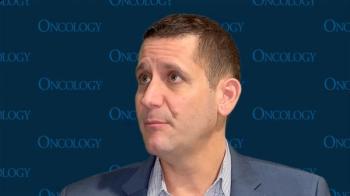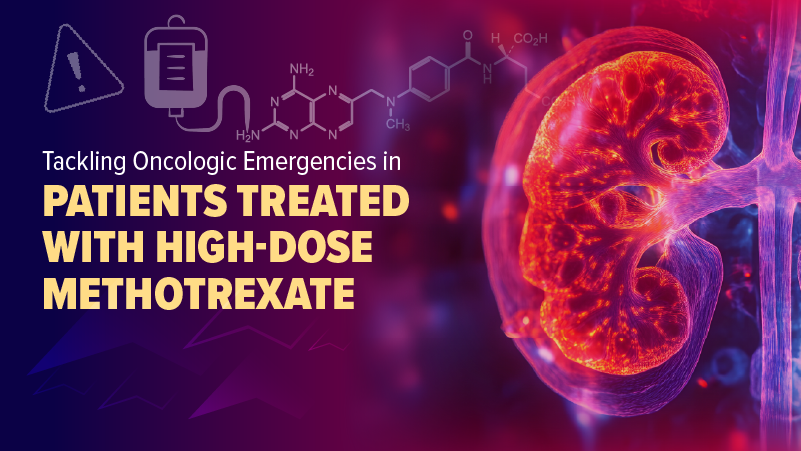
Better Responses Observed With Selpercatinib Versus Prior Systemic Therapies for RET+ NSCLC
Compared with immediate prior therapy, selpercatinib resulted in a greater proportion of objective responses in patients with non–small cell lung cancer whose tumors harbor RET fusions.
According to data from the pivotal phase 1/2 LIBRETTO-001 trial (NCT03157128) of selpercatinib (Retevmo) in patients with RET fusion–positive non–small cell lung cancer (NSCLC), the kinase inhibitor was able to induce consistent antitumor benefit regardless of treatment in prior lines of therapy.1
“[The] results, [however], should be interpreted with caution, as a limitation of this analysis was that immediate prior response assessment was based on physician-reported best response in patients’ medical history and may not follow RECIST criteria,” the study authors wrote in their presentation that was made available during the 2021 American Society of Clinical Oncology (ASCO) Annual Meeting.
Originally, data from this trial led to the accelerated approval of selpercatinib in May 2020 for patients with metastatic RET fusion–positive NSCLC as well as certain patients with thyroid cancer.2
The study was conducted across 89 sites in 16 countries and consisted of 218 evaluable patients (median age, 61 years) who previously received platinum-based chemotherapy. Most patients had an ECOG score of 0/1 (37%/61%) and received a median of 2 (range, 1-15) prior systematic therapies. The study’s primary endpoint was objective response rate (ORR), with additional endpoints of progression-free survival (PFS), duration of response (DOR) and safety.
The study compared physician-reported best overall response (BOR) from last systematic therapy prior to enrollment versus BOR by independent review committee with selpercatinib, and each patient served as their own control.
The ORR with selpercatinib was 57% which was “markedly higher,” the authors wrote, than responses with prior treatment which was 16%.
A total of 108 patients (50%) did not respond to prior therapy but responded to treatment with selpercatinib. There were 16 patients (7%) who responded to both selpercatinib and prior therapy, 18 (8%) who responded to prior therapy but not selpercatinib, and 76 (35%) who did not respond to either.
ORR was improved with selpercatinib versus prior therapy regardless of the regimen, including chemotherapy plus immune checkpoint inhibitor (ICI; 57% versus 14%), single-agent ICI (48% versus 3%), or chemotherapy (58% versus 15%).
Fewer patients had progressive disease with selpercatinib BOR (2%) compared with immediate prior therapy (28%). Median DOR was also notably longer compared with prior therapy, at 11.8 months versus 3.4 months, respectively.
The authors concluded noting that the global, randomized phase 3 LIBRETTO-431 trial (NCT04194944) evaluating selpercatinib compared with standard frontline therapy of pemetrexed/carboplatin with or without pembrolizumab [Keytruda] is ongoing.
References
1. Drilon A, Gautschi O, Besse B, et al. Response to selpercatinib versus prior systematic therapy in patients (pts) with RET fusion + non-small cell lung cancer (NSCLC). J Clin Oncol. 2021;39(suppl 15):9032. doi:10.1200/JCO.2021.39.15_suppl.9032
2. FDA approves selpercatinib for lung and thyroid cancers with RET gene mutations or fusions. FDA. May 8, 2020. Accessed June 6, 2021. https://bit.ly/3psDGRa
Newsletter
Stay up to date on recent advances in the multidisciplinary approach to cancer.

















































































